Just a couple of months ago, luthier Oliver Klapproth (below), a student for musical instrument making at the University of Applied Sciences in Zwickau, Markneukirchen, wrote me about his combination new instrument invention and bachelor thesis.

“Aliquotgitarre” is Oliver’s eloquent new name for his guitar with sympathetic strings, as he prefers that to the alternative “Resonanzsaitengitarre” or “Gitarre mit mitschwingenden Saiten.” I’d have to agree! (“Aliquot” comes from the latin language and it is also used in mathematics) Specifically, he describes it in his thesis as a “Stahlsaitengitarre mit zusätzlichen Bass- und Resonanzsaiten” (a steel string guitar with additional bass and resonance strings). I’d thus place it in my Composites Gallery, as a “Sympathetic String Guitar with Harp Guitar Form 1a.”

Semantics and names aside, how does it sound? I don’t know – I’m waiting for the owner, Thomas Fellow (below), to hopefully share something with us. He’s tuning it: Basses: F’ A’ BB’ C; Neck: D A d g b e’; Sympths: f g a bb c’ d’ e’ d’ f’ g’ a’.
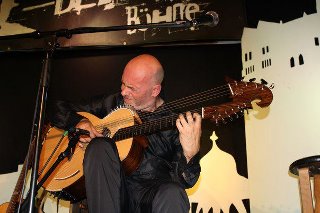
Oliver says that he got great feedback from guitar players, so decided to make a second one (with some improvements and slight changes) as part of his thesis work.
And here it is!
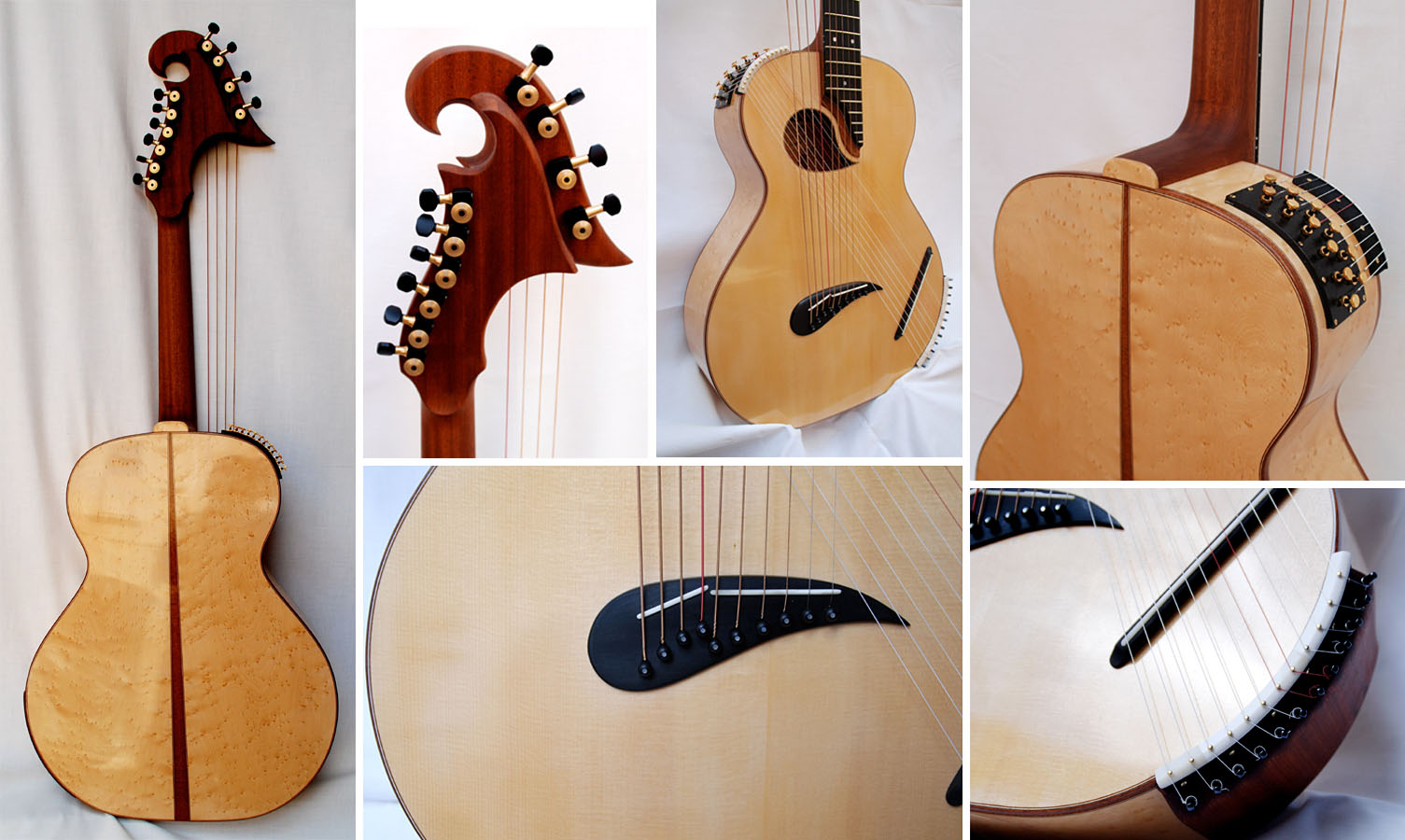
This one is in “standard” tuning of: Basses: A B C D; Neck: E A d g b e’; Sympths: a a b c’ c’ d’ e’ e’ f’ g’ a’ a’.
Oliver discusses the project in full detail in his (German-only) thesis, which he has allowed me to share with you (first publication!): Weiterentwicklung einer Stahlsaitengitarre mit zusätzlichen Bass- und Resonanzsaiten (Aliquotgitarre)
He references many of our harp guitar builders who have added treble banks, especially those with true sympathetic strings, a la Fred Carlson. (He told me “Your website helped me a lot to find other luthiers who built similar instruments.”) He provided this English outline for us:
“The first part is an introduction where I describe the topic and the aim of the work and describe the methods I used.
The second is a short overview about the physical basics of resonance and the history of musical instruments with sympathetic strings.
In the third chapter, I show such instruments, first the Asian types and second a few instruments with European roots.
The fourth chapter is about my thoughts on the further development, and the fifth is the documentation of the building process.
The sixth contains my sources, a list of instrument makers who build such instruments and acknowledgments.”
Looks like a great university project, Oliver – thanks for sharing!
(and yes, I’ve added him to the Luthier page, 2nd section)

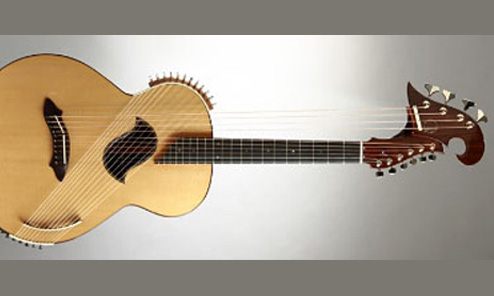
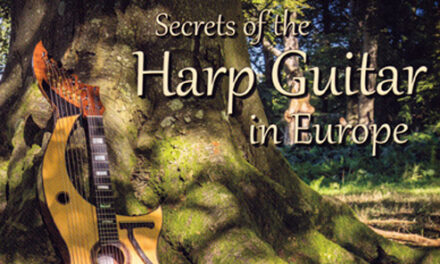
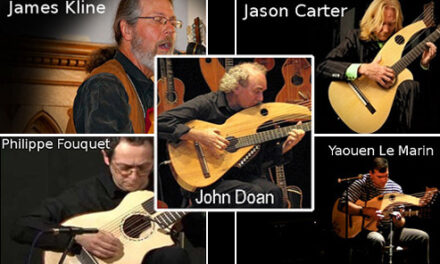
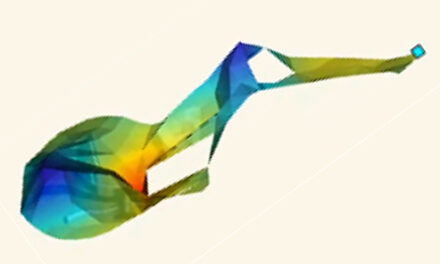
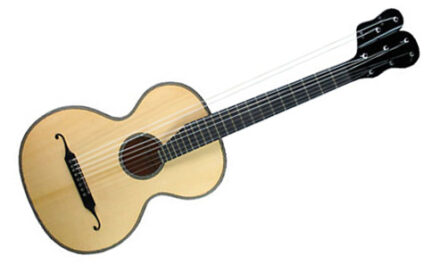
Wow, all these new Luthiers coming out of the WOODWORK, pun intended. (-;) . What creative talent, what great imagination & design !!!
The appetite for new Harp Guitars is on the grow into the future, Keep em coming.
I will keep hoping to get one of these new models someday. ( In my dreams).
Anyone have a new spare HARP GUITAR they want me to test drive for the next 30 years or so. (-:)
Acousticharpguitarplayer@gmail.com
Bruce Labadie